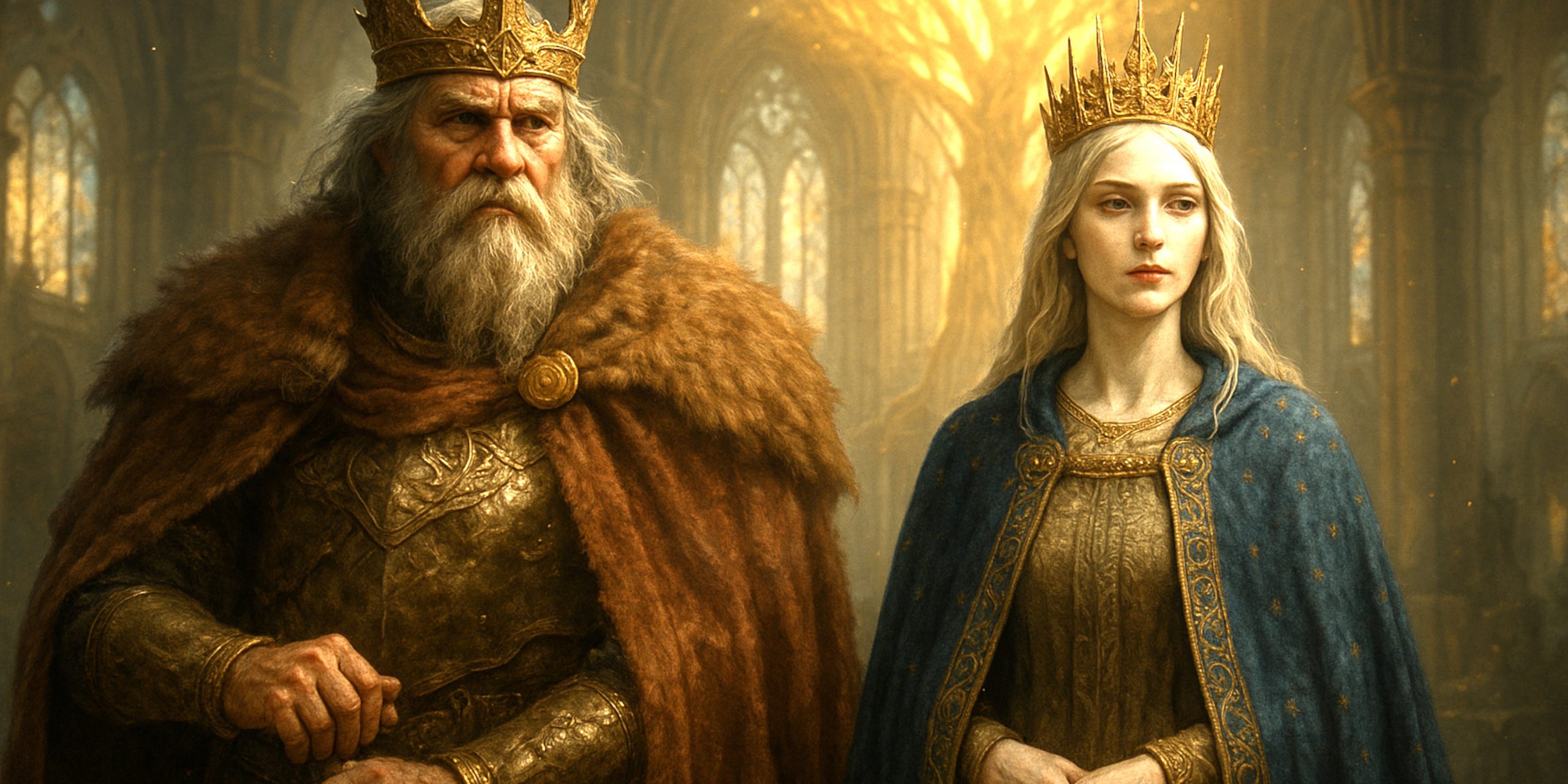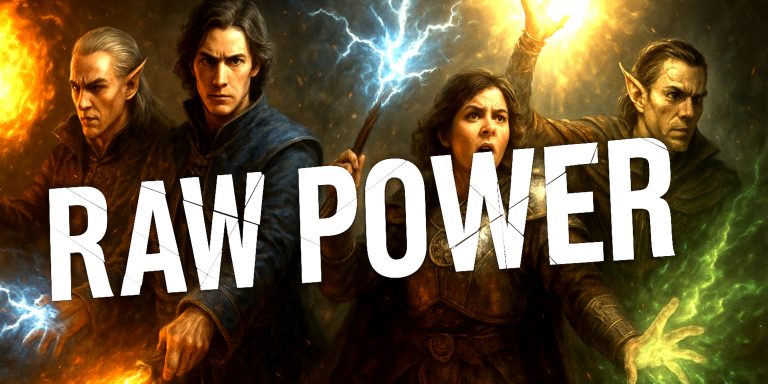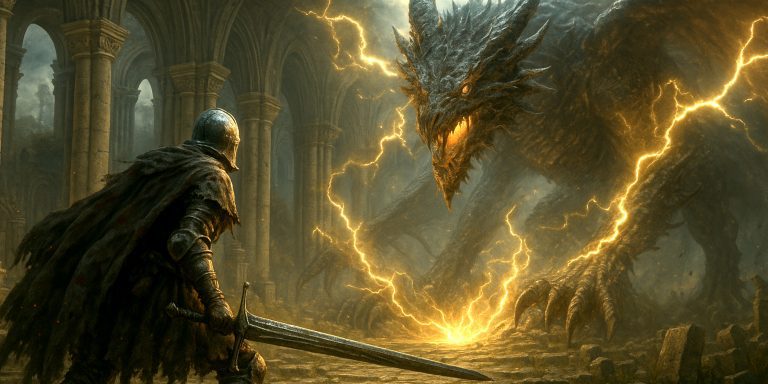
Unravelling the Founders of Order in Elden Ring
In Elden Ring, the Golden Order is presented as the divine and unassailable framework of the world. It governs law, faith, and the very physics of the Lands Between. But its origins are not as pure or inevitable as the Erdtree’s glow might suggest. The union of Queen Marika the Eternal and her consort Godfrey, the first Elden Lord, forms the cornerstone of the Order’s rise—but that story is steeped in ambition, conflict, and contradiction.
The Golden Order was not a discovery. It was a deliberate construction.
Who Was Godfrey?
Godfrey was once Hoarah Loux, a brutal chieftain who conquered through strength alone. He became the first Elden Lord after submitting to Marika’s vision and being given grace. This grace did not purify him. It contained him.
Under Marika’s command, Godfrey led a campaign of total domination, from the conquest of the giants in the north to the subjugation of other divine races and powerful foes. But once his usefulness waned, Marika stripped him of grace and exiled him. The title of Tarnished was born from that exile. Godfrey’s departure allowed the next phase of the Order’s development: a vision less reliant on raw force, more attuned to divine law and manipulation.
Marika’s Vision: Order Through Control
Marika was not a passive prophet. She was the architect of the Golden Order and made choices that broke the world in order to reshape it. She removed the Rune of Death from the Elden Ring, halting true mortality. She instituted the Two Fingers and the Greater Will as dominant forces but did not follow them blindly. In time, she shattered the Elden Ring herself.
Her actions suggest the Golden Order was never about balance or peace. It was about control—of life, death, time, and succession.
The Role of the Elden Ring
The Elden Ring itself is not a ring in the traditional sense. It is a complex system of runes, each representing a fundamental law of reality. Marika’s manipulation of these runes, particularly Death, shows that the Golden Order’s rules are not eternal. They are subject to revision, removal, and weaponisation.
The removal of the Rune of Death led directly to the Night of the Black Knives, the destruction of the demigods, and the rot that festers in the world.
Radagon: The Second Self
Marika and Radagon are the same being. This revelation, hinted at through item descriptions and statue lore, reframes the whole narrative of divine duality. Radagon’s wars against Liurnia and his eventual role as Elden Lord are not the acts of a consort, but of a fragment of Marika herself seeking dominance across all spheres—political, theological, and magical.
The Golden Order was not built on shared power. It was built on multiplicity disguised as unity.
The Order’s False Purity
The Golden Order preaches harmony, yet its history is marked by conquest, silence, and erasure. The crucible forces, the ancient dragons, the Nox, and the omen-born were all pushed to the margins or exterminated outright. The Order’s vision of purity was exclusionary. It celebrated lineage when convenient, and rewrote its rules when that lineage threatened to unravel.
Even the Erdtree, its central icon, is not native. It grows from the corpse of the crucible, built atop death and replacement.
Legacy and Rupture
The shattering of the Elden Ring was not a tragedy. It was a breaking of illusion. With the world descending into chaos, each demigod claims legitimacy, but none can restore what was never whole to begin with. The Tarnished, sent away by Godfrey’s exile, returns not to serve the Golden Order, but to redefine what order even means.
By the time the player reaches the Erdtree and sees it sealed, the truth is laid bare: the Golden Order was never eternal. It was just one version of control, crafted by gods who feared rebellion, death, and uncertainty.
The Seven Swords Takeaway
Godfrey, Marika, and the Golden Order are not symbols of virtue. They are mythic constructions, shaped by conquest, duplicity, and ambition. Understanding the real nature of the Order gives context to the player’s journey. It’s not about restoring a lost world, but about confronting the truth behind its creators—and choosing whether to rebuild, replace, or reject what they left behind.



